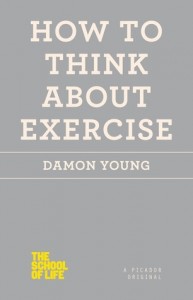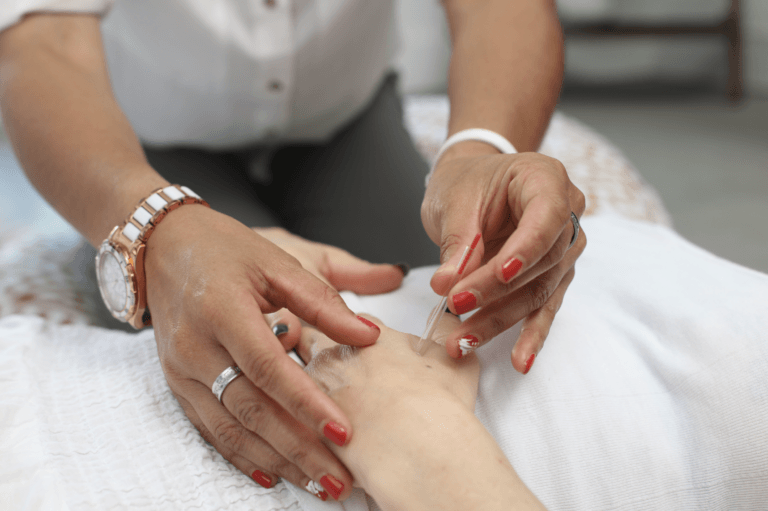While wandering around The Strand in New York City for something different to read, I came across this book, How to Think About Exercise, by Damon Young on a “expand your horizons” table. It can be best categorized as exercise philosophy. While I was excited to find such a nuanced exercise book for myself, I think even the non-fitness enthusiast can enjoy its plentiful anecdotes. Published by The School of Life, an organization “dedicated to exploring life’s big questions”, this book studies one of many topics to which everyone can relate.
Our culture for the past few decades been focused on finding the next big thing when it comes to exercise (see new reality tv show), going from one trendy class to the next. There is a fitness obsession in our society, but for whatever reason it only manifests in a small percentage of our population as evidenced from the increased obesity rates. This epidemic is not singularly facetted (see: processed foods, refined sugar, digital age, desk jobs, etc.) and more and more research has shown we are moving less and not more, despite this obsession. Researchers are turning to the psychology of exercise and movement in an effort to find out what motivates people and what tools are helpful in changing activity habits.
I found this book refreshing due to the lack of the redundancy with a you should be exercising message. The focus is on the idea of reflecting on why exercise is so amazing, even if it’s only a daily walk in the park. This is because moving affects our minds: how we think and how we feel. With chapter titles such as “Reverie”, “pride”, “sacrifice” and “oneness” you can see right away this isn’t your typical fitness book. Below are two of my favorite takeaways.
even if it’s only a daily walk in the park. This is because moving affects our minds: how we think and how we feel. With chapter titles such as “Reverie”, “pride”, “sacrifice” and “oneness” you can see right away this isn’t your typical fitness book. Below are two of my favorite takeaways.
We, as humans, have long since been intuitive of the beneficial properties of regular exercise- dating back to ancient Greece. Young’s chapter on pride looked at some of the Greek philosophers and the Olympian athletes and their views of the body and how it pertained to their humanity. The athletes and warriors of that time identified their strength, agility, power and endurance with their own mortality. Young reflects on this concept with:
“We cannot wait for God or gods to give us our souls – the self is something we must continually, often consciously, create. In this, exercise is a recollection of the burden of existence, which gives us pleasure as we lift it.”
He gives tips to the reader, and in this chapter he suggests running as fast as you can up a hill, and asking yourself how you feel once it has been accomplished. We can find through movement, what we had when we were young; that freedom, child-like abandon, that self-love we let go of as we grow self-conscious. Taking pride in what our bodies can do, relishing in that rush is not a boastful sin- it’s an exhilarating pleasure we should take advantage of while we still can.
Young shows the reader in the “sacrifice” chapter, how exercise can give us goals and challenges outside of the real world. In sports, rules are black and white and clearly laid out which allows the athlete or individual an escape from the ambiguity of success in society. The downside of goals and challenges is that we can be defeated, we can be shown our weakness and fatigue, again reminding us our limits as humans. But from those failures, we are humbled and we can learn to improve. On the flip side of pride, we have humility and humility is a great motivation for trying again, and trying smarter.
“Exercise often requires drive and excellent health, but also diffidence and intelligence: a willingness to dispassionately examine the situation and oneself, to assess calmly and act decisively… [through exercise] we develop a kind of practical humility; not frightened retreat from the world, but a more honest and careful congress with it.”
Young’s prescription for success, in exercise, (but also in life) is a combination of pride and humility. “Pride pushes on, humility pulls back – success requires both drive and caution.”




